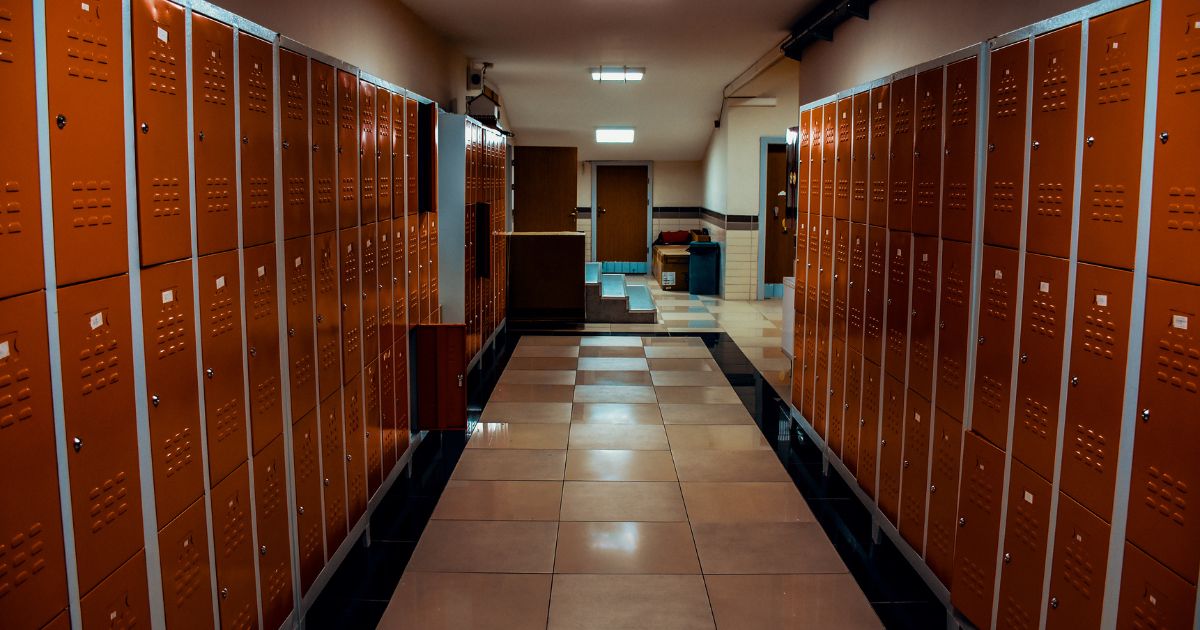Locker rooms and gyms are more than just sweaty spaces—they’re hubs where air-quality issues can seriously impact health, comfort, and hygiene. Whether you’re a casual gym-goer or a serious athlete, what’s in the air matters—and not just for breathing. Here’s why clean air in these spaces deserves more attention than you might think.
Breathing Better Means Performing Better
When you’re working up a sweat, your respiration ramps up. But locker rooms often trap warm, humid, and stale air—an ideal combination for bacteria, mold, and odor buildup. Poor air circulation can leave you breathing in airborne irritants, which may cause coughing, throat irritation, or even allergic reactions. According to the U.S. Environmental Protection Agency, indoor air can be two to five times more polluted than outdoor air, especially in spaces lacking proper ventilation. This matters in enclosed locker rooms where ventilation is limited. Installing an industrial air purifier can help remove airborne particles and improve air clarity from day one.
Odor Isn’t Just Nuisance—It Signals Issues
That unmistakable smell in a locker room isn’t just part of gym life—it’s a red flag. Persistent odor suggests lingering bacteria, mold colonies, or trapped moisture. Bad smells don’t just affect comfort; they can discourage participation, raise cleanliness concerns, and give a poor impression of facility hygiene. Targeting air sanitation—from airflow design to purifiers—helps reduce odor and the underlying growth that produces it.
Protecting Skin and Respiratory Health
Gyms and locker rooms are ideal environments for skin infections and respiratory issues. Bacteria and mold spores can circulate and reach damp surfaces or shared towels and benches. Common complaints include athlete’s foot, ringworm, or itchiness—often tied to airborne pathogens settling on skin. Cleaner air helps reduce these risks. Make sure ventilation systems or purifiers are regularly maintained and filters changed to keep contaminants from circulating.
The Impact on Gym Users and Staff
Everyone—staff and visitors alike—breathes the same air. Staff who spend prolonged hours in these environments may develop respiratory irritation, headaches, or reduced performance due to poor air quality. When air is stale and humid, it also encourages lingering fatigue and discomfort. Clean, filtered air supports alertness, better breathing, and overall health for everyone inside.
What Amenities & Facilities Should Focus On
Here’s a list of steps that gym operators should take to improve air quality:
- Use effective ventilation fans in locker rooms and showers
- Install high-quality air purifiers rated for high humidity zones
- Open windows or louvers where possible to promote airflow
- Sanitize and dry benches or lockers regularly
- Choose moisture-wicking mats or spoilers to reduce dampness
- Monitor HVAC systems and change filters on schedule
These preventive measures don’t just improve the air—they elevate user experience and confidence in cleanliness.
Real-World Evidence That It Matters
A 2018 study in Indoor Air found that poorly ventilated fitness centers had up to 15% higher concentrations of microbial aerosols compared to well-ventilated spaces. Higher pathogen loads led to increased reports of respiratory symptoms among gym users. This shows poor air quality isn’t theoretical—it directly affects health outcomes in communal fitness spaces.
Creating a Safe, Inviting Environment
Improving air quality is more than just solving odor; it’s about ensemble wellness. It helps stop mold from growing, lowers the risk of airborne skin and respiratory infections, and creates a space people feel good coming into. Combined with good cleaning routines, moisture control, and proper ventilation, air purification is a powerful safeguard.
Final Thoughts
Locker room and gym air quality isn’t just a background issue—it influences hygiene, health, and user satisfaction. Investing in strong ventilation systems, regular maintenance, and devices like Industrial air purifiers protects everyone who steps through those doors. Clean air is foundational to a better, safer workout environment for all.






